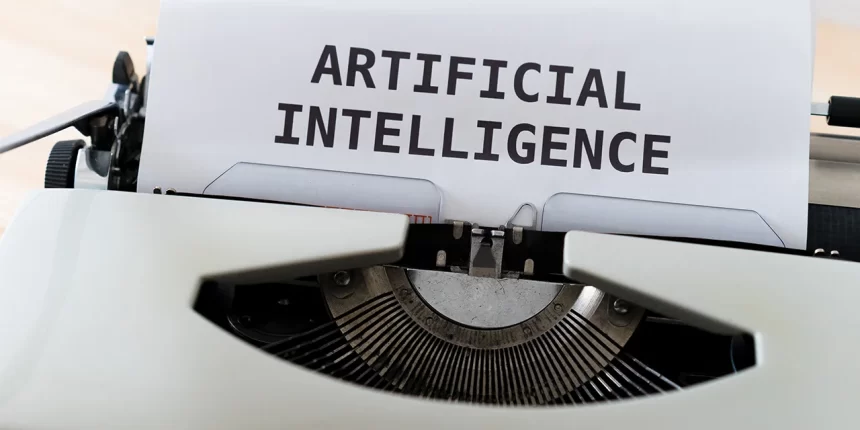As artificial intelligence (AI) appears into the mainstream, there is misinformation and uncertainty about its capabilities and the possible threats. At the foot of all-knowing robots, our community is full of dystopian images of human destruction. On the other hand, by the changes it could offer, most individuals acknowledge the possible good AI could do for humanity.
Although computer systems can understand, reason, and act, they are still in their infancy. Machine learning (ML) involves enormous datasets. There is a need for many real-world systems, such as self-driven vehicles and a complex combination of physical computer vision sensors. Deployment is easier for organizations that are implementing AI. But allowing AI to access data and enabling some autonomy measure brings significant risks that need attention.
What are the risks induced by AI?
With AI systems, unintentional bias is not new, and programmers or particular datasets can establish it. Unfortunately, legal consequences and reputational damage can follow if this bias contributes to bad decisions and even discrimination. Defective artificial intelligence architecture may also result in over- or underfitting, while AI makes too precise decisions. Establishing human oversight, stringently testing AI systems will minimize certain risks during the design phase.
It is also feasible to track such systems closely while they are operating. To confirm that any emerging bias or problematic decision-making is quickly solved, decision-making skills must be tested and evaluated. These challenges focus on unintended errors and design and implementation failures. When individuals purposely attempt to subvert or use AI systems as weapons, a different collection of risks arises.
How can cyber attackers manipulate AI?
It can be alarmingly quick to deceive an AI system. Attackers can manipulate the datasets to train AI, making subtle adjustments to the parameters carefully crafted to ignore increasing suspicion. Where attackers cannot access the datasets, they can use evasion to exploit inputs for vigor errors. By changing input data to make proper identification difficult, these schemes are operated into misclassifications.
It may not prove possible to verify the accuracy of data and inputs. Every effort is in the making to gather information from true and tested sources. Bake to recognize the irregularity of enabling AI to identify malicious inputs. Also, if things start to go wrong, isolate AI systems with protective mechanisms that make it easy to switch off.
How was AI able to be repurposed?
Cybercriminals may also recruit AI to seek help with the size and effectiveness of their attacks on social engineering. To identify behavior patterns, AI may learn how to persuade people that a video, phone call, or email is legitimate. It can then convince them to interrupt networks and hand over confidential data.
All the social strategies currently used by cybercriminals are formed using AI. There is another opportunity for using AI to detect new vulnerabilities as they appear in networks, devices, and applications. Due to the quick identification of openings for human hackers, keeping data safe is made difficult.
How to stimulate the security of the business using AI?
AI can be highly efficient in-network and analytics monitoring, setting up a baseline of normal behavior, and flagging anomalies. Detecting intrusions in advance allows one the best chance to limit the harm they can do. Initially, making AI systems flag anomalies and alerting IT departments to investigate can be useful. While AI leans and grows, the power to invalidate threats independently and refrain from intrusions in real-time is granted.
AI can shoulder some pressures with a lack of information security and encourage minimal staff to concentrate on complex issues. AI is becoming more appealing as businesses continue to reduce prices, to replace people. Companies will profit and grow with practice, but ambitious businesses now need to prepare to mitigate cyber-attacks’ possible risk.










